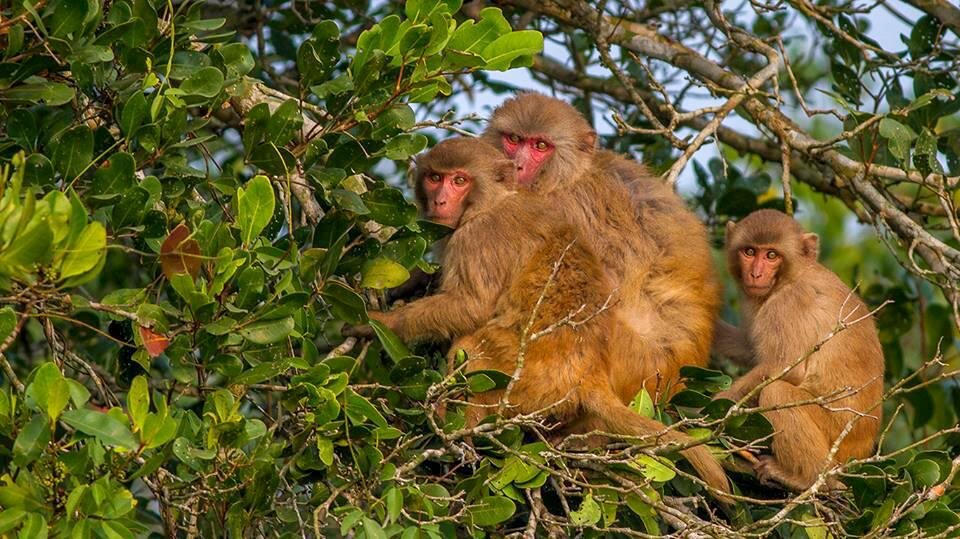World’s Largest Mangrove Forest Reels from Aggressive Development
Dr Sharif Mukul is a leading Bangladeshi ecologist who is actively working to sustain endangered ecosytems and species. He was trained in Bangladesh, Germany, and Australia.
The world’s largest mangrove forest — the Sundarbans, which occur in Bangladesh and neighbouring India — is being imperiled by major development projects in addition to the rapidly changing climate and sea level rise.
Once completed Padma Bridge will make the Sundarbans much more vulnerable to human incursions.
Perils of Padma Bridge
With its impending completion, Padma Bridge, one of the most challenging construction projects in Bangladesh’s history, will open up prospects for the local economy. Costing around US $6.2 billion, the 6.2 km-long bridge is expected to boost Bangladesh’s GDP by as much as 1.2 percent.
But there is a downside — a big one. The Padma Bridge may destroy the Sundarbans, if unplanned development in southwestern Bangladesh follows the opening of the bridge, as has often occurred elsewhere with such projects.
Padma Bridge will make Sundarbans more accessible and its ecosystems more vulnerable to human incursions.
(Photo credit: Azim Khan Ronnie)
Spanning over 10,000 square kilometers, the Sundarbans is the largest mangrove forest on Earth, and the most critical area for survival of the famed Bengal tiger.
The Sundarbans is the largest natural habitat of the critically endangered Bengal Tiger
(Photo credit: Rakesh Narala)
Dripping with Biodiversity
Although economic development is essential, ecological and environmental issues must also be considered in Bangladesh’s long-term development plan.
The country has already lost the Chakaria Sundarbans, one of the oldest mangrove forests in the region, with the rapid rise of commercially profitable shrimp farming.
The Sundarbans is dripping with unique biodiversity. At least 505 wildlife species, including 355 species of birds, 49 species of mammals, 87 species of reptiles, 14 amphibians, 291 species of fish, and 334 species of plants are believed to occur in the Sundarbans.
There is no other place like the Sundarbans on Earth. Bangladesh is already considered a leader in climate-change adaptation and could also be in the vanguard for climate and biodiversity goals, making major commitments under the Paris climate accords and the Convention on Biological Diversity.
More than 3.5 million Bangladeshi people depend on the Sundarbans for their livelihoods and income.
(Photo credit: Sharif A. Mukul)
But the future of Bangladesh’s critical ecosystems and wildlife is far from certain. The pending completion of the long-awaited Padma Bridge is providing both an opportunity and a challenge for the Bangladesh government to demonstrate its commitment to green development and environmental leadership.
As its mega-bridge proceeds, the world is keenly watching Bangladesh.
For further information on this issue, please contact Dr Sharif A. Mukul.




